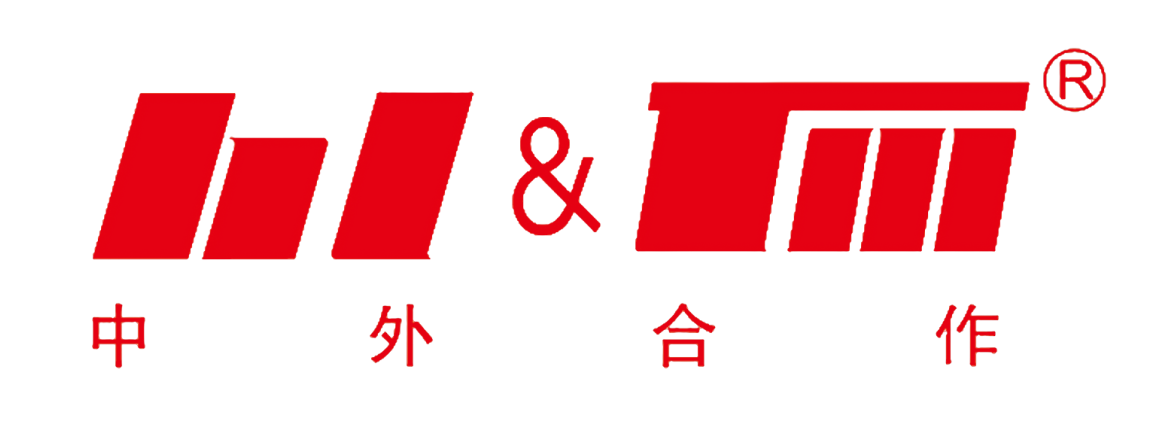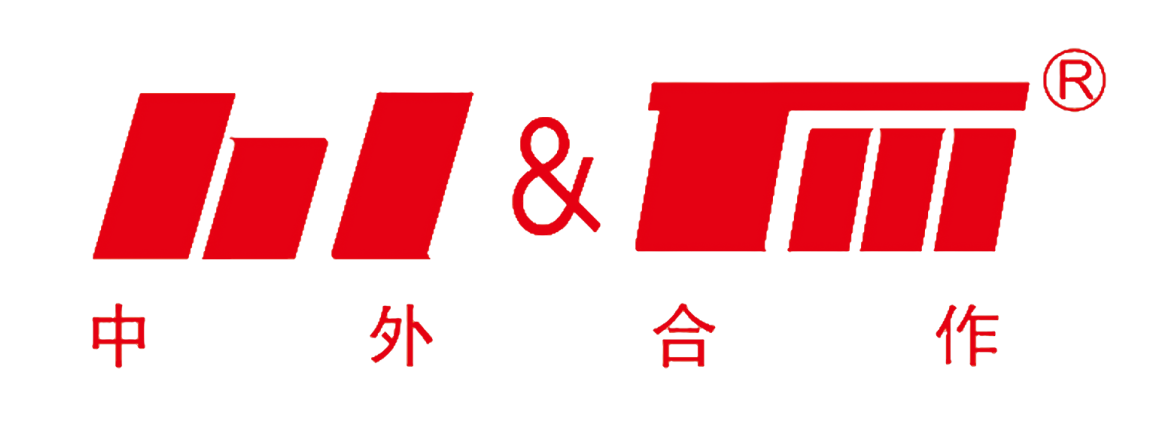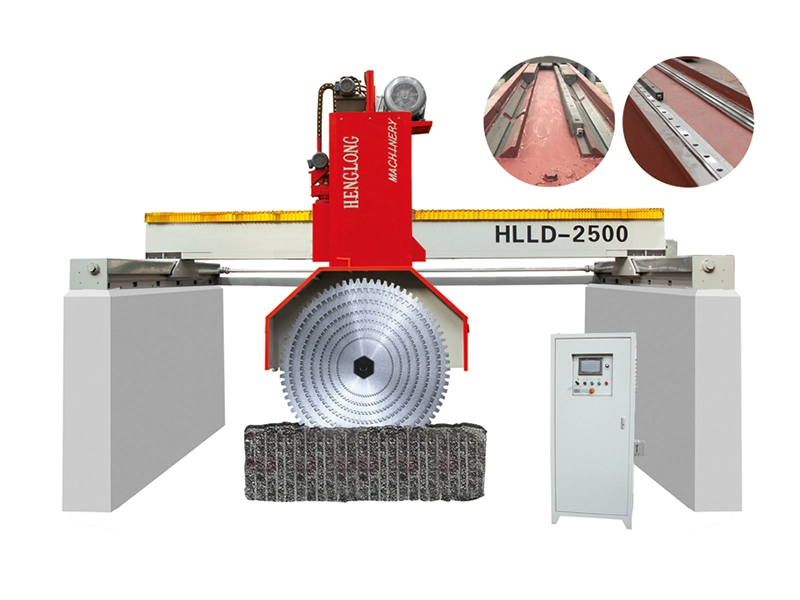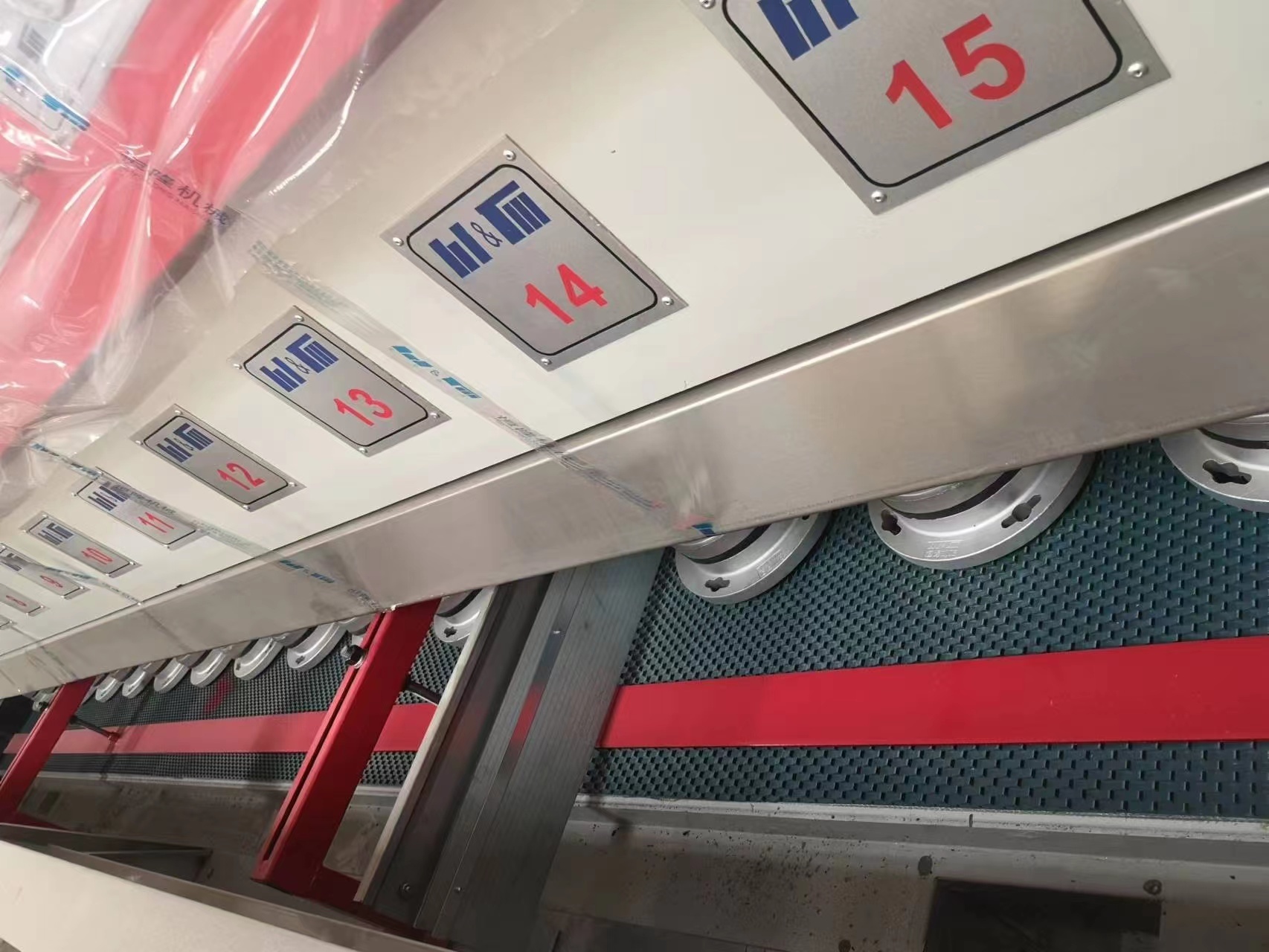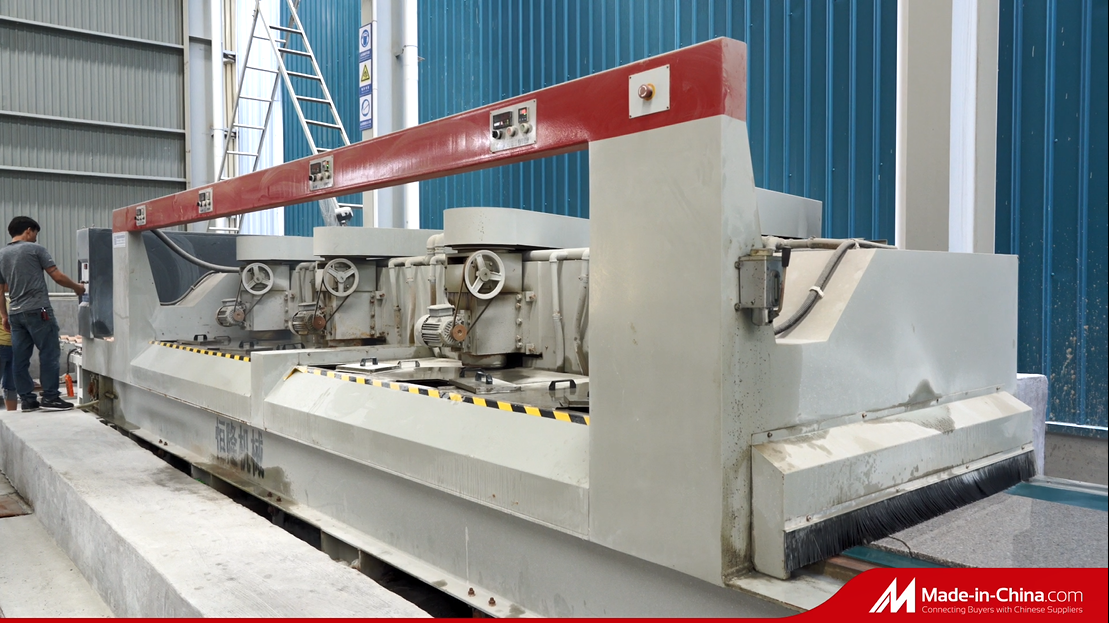The Ultimate Guide to Choosing a Granite Multi Blades Block Cutter
Time:
May 01,2025
The Ultimate Guide to Choosing a Granite Multi Blades Block Cutter
Table of Contents
1. Introduction to Granite Multi Blades Block Cutters
2. Understanding Granite and Its Unique Properties
3. Types of Granite Block Cutters
3.1. Horizontal vs. Vertical Cutters
3.2. Bridge Cutters
3.3. CNC Stone Cutters
4. Key Features to Consider When Choosing a Granite Cutter
4.1. Blade Material and Type
4.2. Power and Motor Specifications
4.3. Cutting Depth and Width
4.4. Safety Features
5. Maintenance Tips for Granite Block Cutters
6. Frequently Asked Questions (FAQs)
7. Conclusion
1. Introduction to Granite Multi Blades Block Cutters
In the realm of stone processing, the choice of equipment can have a significant impact on both efficiency and quality. **Granite multi blades block cutters** are specialized machines designed to handle the unique demands of granite cutting. These cutters employ multiple blades to enhance precision and speed, making them invaluable in the manufacturing and fabrication industries. This guide aims to provide detailed insights into choosing the right granite block cutter, ensuring you make an informed decision that aligns with your operational needs.
2. Understanding Granite and Its Unique Properties
Granite is a natural stone known for its durability, aesthetic appeal, and resistance to wear. Composed mainly of quartz, feldspar, and mica, it comes in various colors and patterns, making it a popular choice for countertops, flooring, and architectural applications. Understanding the properties of granite is essential when selecting a block cutter. The hardness of granite can vary, impacting the type of blades and cutting techniques required for optimal performance.
Granite's density and crystalline structure mean that it requires powerful cutting tools that can withstand significant pressure without losing efficiency. This knowledge helps in selecting a cutter that will not only perform well but also maximize the lifespan of your equipment.
3. Types of Granite Block Cutters
When looking for a granite block cutter, it’s crucial to familiarize yourself with the different types available in the market. Each type offers unique functionalities suited to various applications.
3.1. Horizontal vs. Vertical Cutters
Horizontal cutters are primarily used for cutting large blocks of granite into manageable slabs. Their design allows for precision horizontal cuts, making them ideal for stone fabricators who deal with thick blocks. In contrast, vertical cutters are more versatile and can execute both horizontal and vertical cuts. They are suitable for intricate designs and detailed work, giving fabricators more freedom in their projects.
3.2. Bridge Cutters
Bridge cutters are another popular choice for granite processing, particularly for large slab cutting. These machines feature a bridge-like structure that allows the blade to move along a horizontal axis while the slab remains stationary. This design ensures high precision and efficiency, making bridge cutters a go-to solution for many stone fabricators.
3.3. CNC Stone Cutters
**CNC (Computer Numerical Control) stone cutters** represent a technological advancement in granite cutting. These machines can execute complex designs with exceptional accuracy and repeatability. CNC cutters utilize programmed commands to control the movement of the cutting tools, allowing for intricate designs that would be challenging to achieve with manual cutters. They are ideal for businesses looking to produce customized stone products.
4. Key Features to Consider When Choosing a Granite Cutter
Selecting the right granite multi blades block cutter involves understanding the essential features that contribute to its efficiency and effectiveness in your operations.
4.1. Blade Material and Type
The type of blades used in granite cutters significantly impacts performance. **Diamond blades** are among the most effective for cutting granite, as they are incredibly hard and can withstand high temperatures. Different blade configurations (segmented, continuous rim, or turbo) are available, each suited for different cutting applications. Choosing the right blade type based on your specific granite characteristics is crucial for achieving the best results.
4.2. Power and Motor Specifications
The power of the motor directly correlates with the cutter's ability to handle various granite hardness levels. A robust motor ensures that the cutter can operate efficiently under heavy workloads. Look for specifications that indicate horsepower (HP) and RPM (revolutions per minute) to gauge the cutter's power and speed capabilities.
4.3. Cutting Depth and Width
The cutting depth and width are vital specifications to consider based on your project requirements. Ensure that the chosen cutter can accommodate the thickness of the granite blocks you typically work with. Additionally, wider cutting capabilities can enhance productivity by allowing for larger slabs to be cut simultaneously.
4.4. Safety Features
Safety should never be compromised when selecting heavy machinery. Look for features such as blade guards, emergency stop buttons, and safety switches. **Ergonomic designs** that reduce operator fatigue can also improve safety and efficiency in the long run.
5. Maintenance Tips for Granite Block Cutters
Proper maintenance is essential for ensuring the longevity and performance of your granite block cutter. Here are some tips to keep your equipment in optimal condition:
1. **Regular Cleaning**: After each use, clean the machine to remove dust and debris that can impact performance. Pay special attention to the blade area and motor components.
2. **Blade Inspection**: Frequently check the condition of the blades. Look for signs of wear or damage and replace them as needed to maintain cutting efficiency.
3. **Lubrication**: Keep moving parts well-lubricated to reduce friction and wear. Refer to the manufacturer's guidelines for the appropriate lubrication schedule and products.
4. **Check Alignment**: Regularly inspect the alignment of the cutter components to ensure that everything is functioning correctly. Misalignment can lead to uneven cuts and increased wear.
5. **Follow Manufacturer Guidelines**: Always adhere to the manufacturer’s maintenance recommendations to avoid voiding warranties and ensure safe operation.
6. Frequently Asked Questions (FAQs)
What should I look for when choosing a granite block cutter?
When selecting a granite block cutter, consider blade material, cutting depth, motor specifications, and safety features.
How often should I replace the blades?
The frequency of blade replacement depends on usage, but regular inspections should be conducted to assess wear and performance.
Can I use my granite cutter for other materials?
While granite cutters are primarily designed for granite, some may handle other stones or materials. Consult the manufacturer's guidelines for compatibility.
What maintenance is required for granite block cutters?
Regular cleaning, blade inspection, lubrication, and alignment checks are essential for maintaining the cutter's performance.
Are CNC stone cutters worth the investment?
CNC stone cutters offer high precision and versatility, making them a worthy investment for businesses focused on customization and intricate designs.
7. Conclusion
Choosing the right **granite multi blades block cutter** is crucial for optimizing your stone processing operations. By understanding the different types of cutters, key features to consider, and proper maintenance practices, you can ensure that you invest in equipment that meets your specific needs. Whether you are a fabricator, contractor, or running a stone processing operation, the insights provided in this guide will empower you to make informed decisions that enhance productivity and quality in your granite cutting projects.
